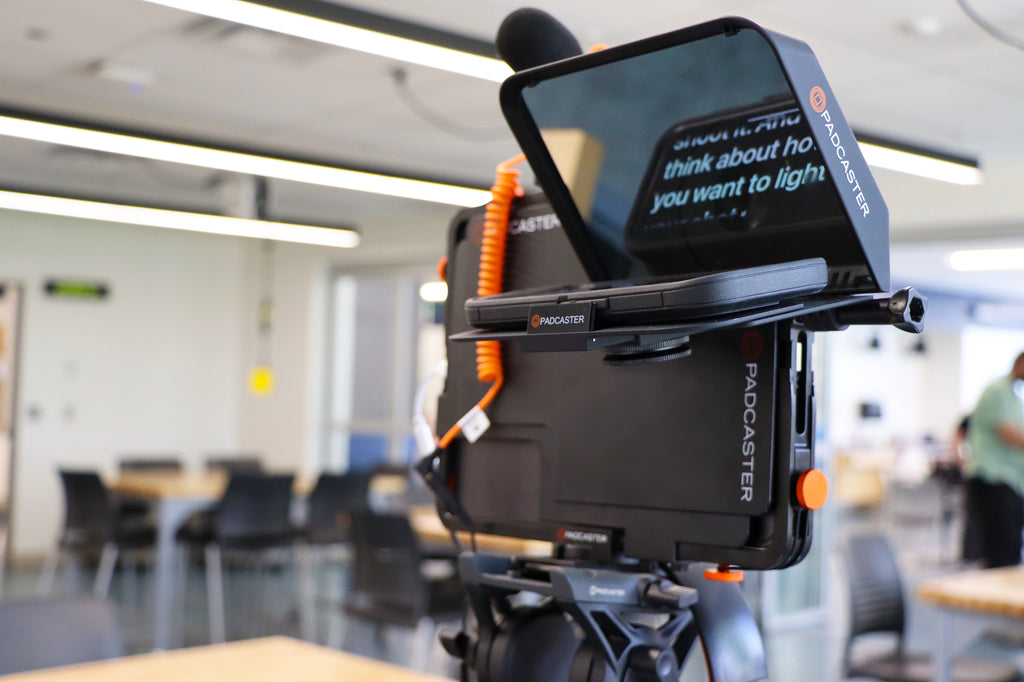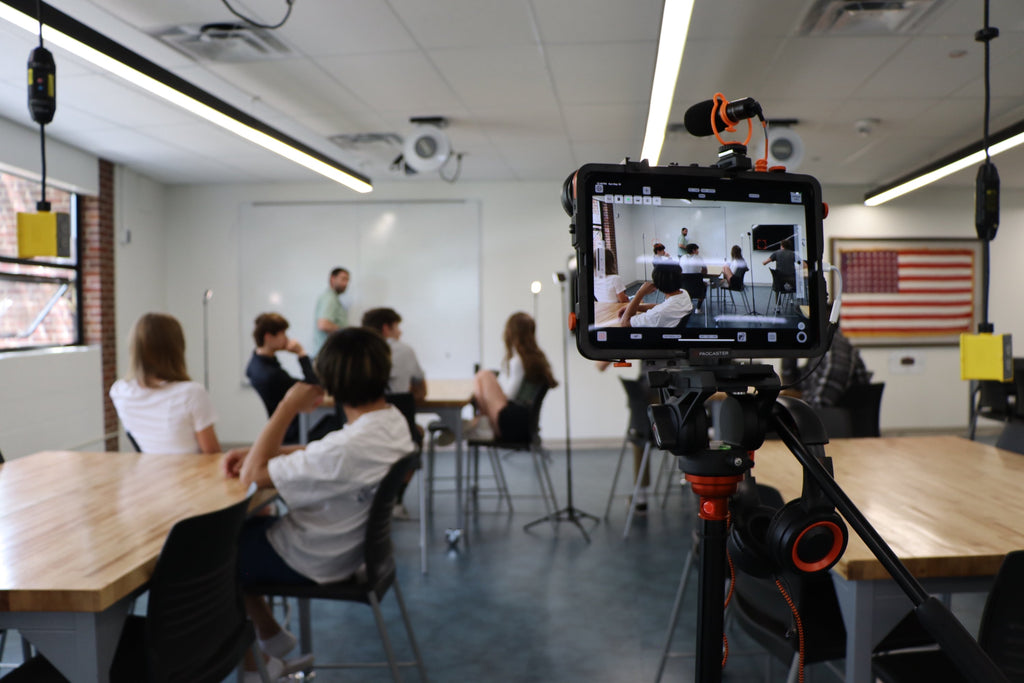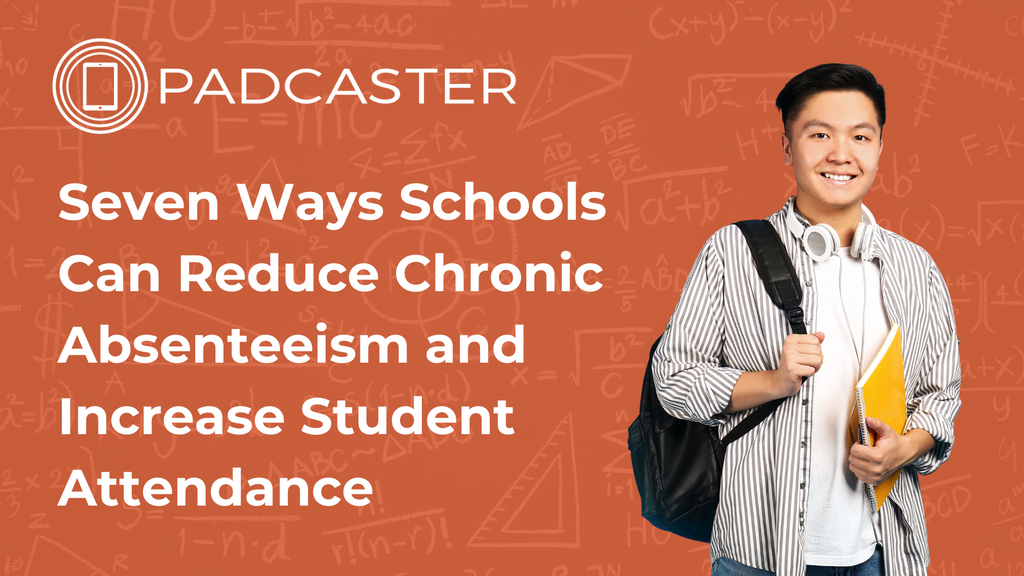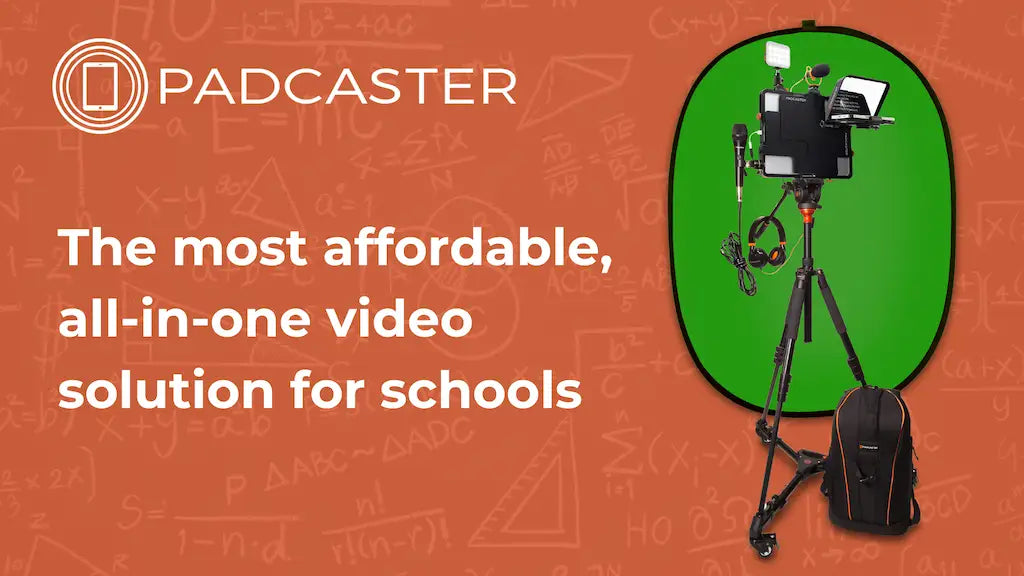
Erik Keller is a freelance video production consultant who has dedicated his time and business to filming lectures and teaching video production to both students and professors. He is a part of a larger trend of higher education institutions making their classes accessible by video. Not only is this crucial for posterity's sake, but it also helps students create a personalized learning experience where they can learn at their own pace. Students unable to attend lectures in person due to health or personal reasons no longer have to miss lectures and can watch them from the comfort of their own home. Not to mention the added value of being able to stop, jump ahead or restart videos to enhance their understanding. Mr. Keller also takes advantage of the accessibility and high production value of mobile devices to teach others how easy it can be to film a lecture. Read more about Mr. Keller’s career both teaching and filming in higher education.
How did you get your start as a freelance video production consultant? Who are your primary clients?
I used to work at an Apple dealership and came into contact with digital video quite a while ago. I wanted to use my experience to help institutions create the best videos possible for the students. Primary clients are hard to pin down, though. I’m available for the whole production, or sometimes just parts of it and sometimes it’s just someone in need of a better workflow.
Why did you choose to get involved in the education sector and how do you think institutions can benefit from recording their lectures?
I chose to get involved in education because recording some or all of the lectures allows students to learn at their own pace, or revisit a lecture and review certain topics. This is something I dreamed of when I was in their situation. I also find teaching staff and students to create their own recordings is very rewarding.
Another important aspect would be inclusion. I heard from one student, who was unable to attend lectures due to health issues, that watching the recording allowed her to keep pace with the rest of the class. Don’t get me wrong here, though, I think it’s important to be present during the lectures if possible, but being able to “rewind” later and watch again during exam preparations makes a huge difference.
Tell us about your experience recording the lecture series “Women Thinkers in Antiquity and the Middle Ages” on the Padcaster.
In that case, I was the “team.” So I needed to simplify the workflow as much as possible to get from acquisition to edit to release in the shortest amount of time. Setup and teardown were extremely quick. The Padcaster shotgun microphone worked extremely well.
What challenges did you run into while recording the lecture? how did you overcome them?
Well, a makeshift green screen “studio,” three LEDs and a blueish room light, combined with a noisy hallway posed some challenges. Time constraints were another issue Filmic Pro allowed me to “calibrate” the colors in a way that the result required just minimal grading while keying the shots. After a quick test, I opted to use the Padcaster shotgun microphone instead of a lavalier. The lavalier picked up noises in the hallway behind me while the shotgun rarely recorded them. So cleaning up the audio, besides the usual work on dialogs, was straightforward.
Who watches these videos? How has the response been?
The videos are used in a lecture running in two countries at the same time. The response was, as far as I know, very good.
Do you think more higher education institutions will be moving more in the direction of recording their lectures?
This is happening already. Some institutions move faster than others, but most institutions will get there eventually.
When teaching others how to create a video, what do you find people struggle most with?
Mostly anxiety to do something “wrong” when using a professional camera. Using the mobile device people are used to anyway removes this tension quite a bit. People are put at ease and can concentrate on creativity. There are students that are “naturals” when framing a shot, whereas others need some guidance, but this is definitely a situation where shooting as much as possible trains the eye.
What are some other benefits of shooting on a mobile device like an iPad?
First and foremost, the equipment can be transported in a backpack. Given the recent advancements in the camera-technology built into iPads, very good results are possible without stretching the budget. Size is another advantage. Shooting in labs or other space-constrained locations can be very tedious or even impossible when using a full-blown camera. Using the iPad screen allows students to judge the image much better than if they were using a small monitor found on most cameras. It’s like having a 10” monitor on your rig.
What is the most rewarding part of this work for you?
Let me give you an example: I gave a short lecture about shooting and editing video to students during a workshop with high-profile scientists. I told the students that most of them are equipped with a camera already and we ended up with a lot of great interviews the next morning. I wanted them to give shooting videos a shot and was thrilled to see the outcome.
Need More Information?
Fill out the form here to get in touch with a member of the Padcaster Team.


